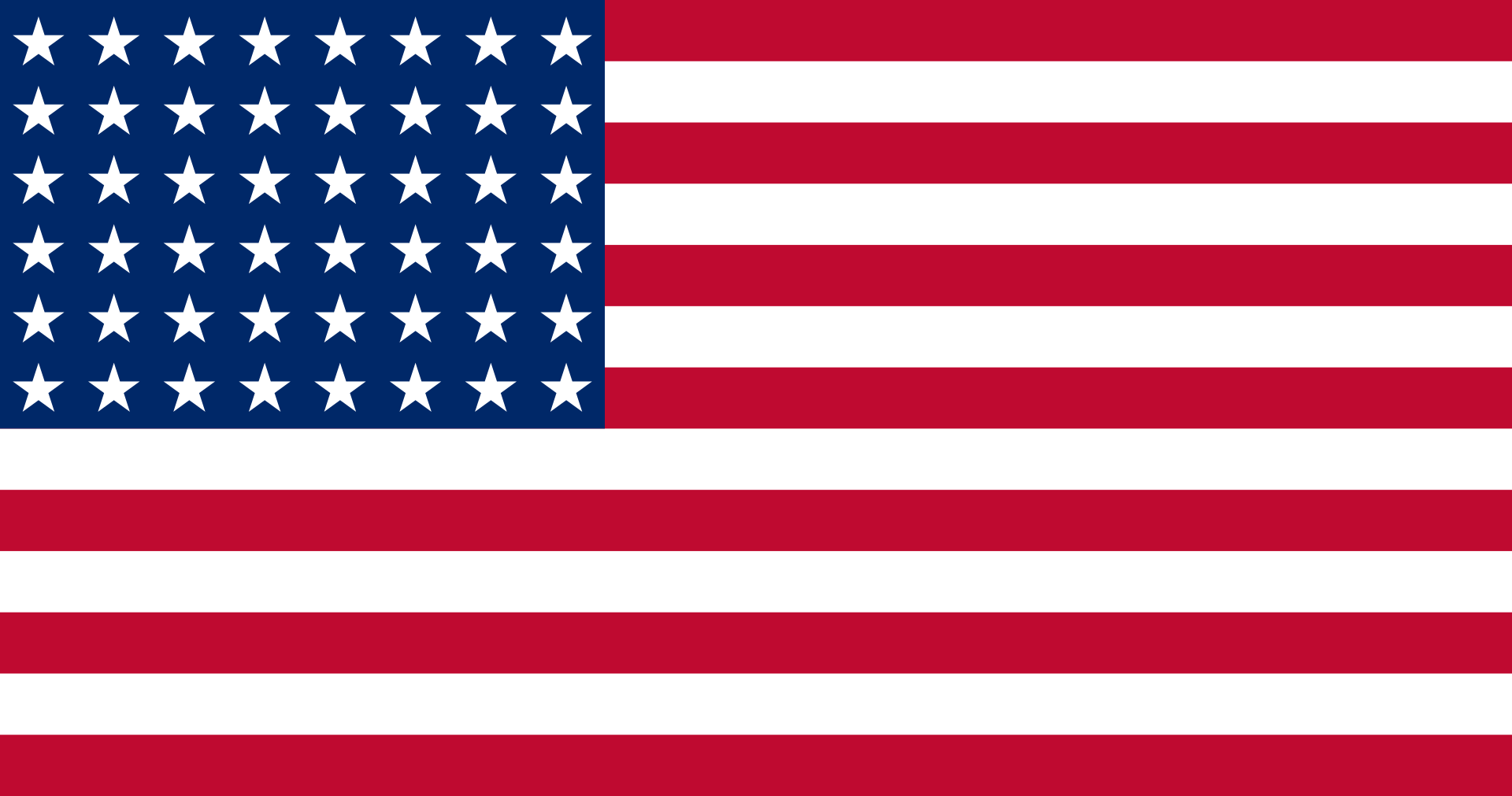Commando 44-77704
Aircraft Identification
VARIANT: Curtiss C-46D-10-CU Commando
USAAF SERIAL NUMBER (S/N): 44-77704
CURTISS CONSTRUCTION NUMBER (C/N): 33100
COMMANDO LINE NUMBER (L/N): CU1636
FATE: Written off
Operational Record
 January 1945 to August 1946
January 1945 to August 1946
44-77704 - USAAF (USA)
22 January 1945
Delivered from the Curtiss-Wright factory in Buffalo, NY.
Retained at Buffalo, NY.
31 January 1946
Assigned to NAS Columbus, OH. [date also quoted as 31 January 1945]
 August 1946 to April 1948
August 1946 to April 1948
44-77704 - RFC (RECONSTRUCTION FINANCE CORPORATION) (USA)
15 August 1946
Transferred to RFC and stored at Washington, DC.
 April 1948 to May 1948
April 1948 to May 1948
N79052 - AIRCAR (AIR CARRIER SERVICE CORPORATION) (USA)
19 April 1948
Registered.
9 June 1948
Registration cancelled, exported to Brazil.
 May 1948 to August 1949
May 1948 to August 1949
PP-VBI - VARIG (BRAZIL)
10 May 1948
Purchased.
22 July 1948
Registered.
2 August 1949
Damaged beyond repair at Jaquirana, Brazil in an emergency landing due to a cargo fire (5/36 fatalities). [some sources mention only 35 occupants]
Crew:
Goetz Herzfeld, Captain
Erwin Wendorf, First Officer
Oscar Goerg, Mechanic
Bernardo Cruz, Radio Operator
Joao Motta Ferreira, Flight Attendant (killed)
The Commando was operating a charter passenger flight between Rio de Janeiro and Porto Alegre with an intermediate stop in Sao Paulo, Brazil. It took off at 1123 LT from Sao Paulo with six crew members and 30 passengers on board. Many of the passengers were IPA students and teachers coming back from a congress in Rio. As the airplane was cruising at 6,000 feet, one of the students - the son of minister Adroaldo Mesquita da Costa - reported a burning cloth smell to the cabin crew. The Captain soon came to the cabin and tried to calm the passengers down, explaining that the smell must have come from a cigarette butt. However, it was soon realized that smoke was coming from the floor, which was unusually hot, indicating that a fire had started in the luggage hold beneath the cabin. The cabin rapidly filled with smoke, and the pilots initiated an emergency landing while the rest of the crew tried to fight the fire. The landing was performed with the pilots looking through the open cockpit windows, as the smoke was too thick for them to see their instruments. When the plane hit the ground at 1415 LT, the cabin was engulfed in flames, and most occupants received burns as they evacuated the wreckage.
The airplane had crashed in a remote area, 500 meters from the road linking Jaquirana to Tres Irmaos in the state of Rio Grande do Sul. While 19 survivors were treated for burns and injuries in the town's family hotel, 11 others were sheltered in the house of a local resident. Five corpses were removed from the wreckage.
The cause of the accident was deemed to be a fire of unknown origins that erupted in hold G of the belly.
Below, left: PP-VBI seen in 1948 as it joined Varig.
Photo credit: Ed Coates / AirHistory.net
Other pictures: various shots of the accident site at Jaquirana, Brazil on 2 August 1949.
Photo credit: unknown / Facebook
Last edited: 29/06/2024





